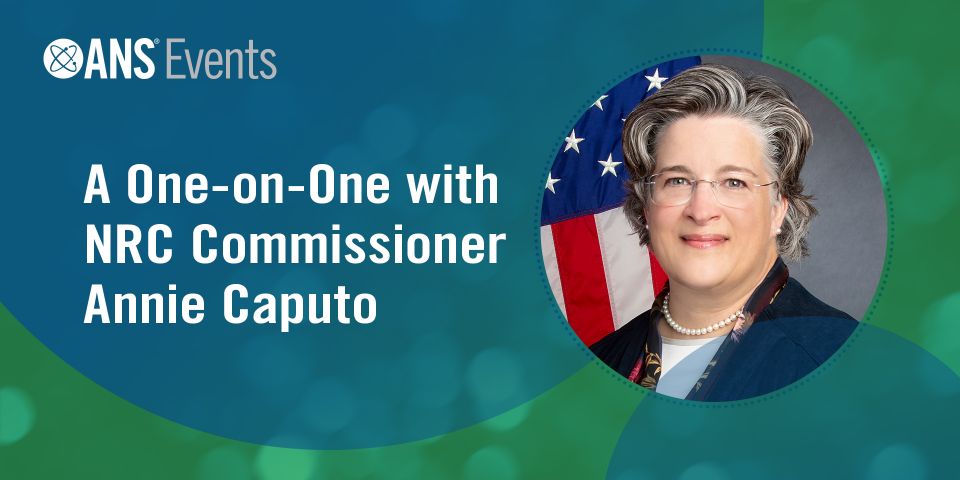Movement worldwide is signaling a variety of real or speculative announcements in nuclear, including discussions, legislation, and construction with possible or confirmed U.S. involvement.
The China National Nuclear Corporation, Électricité de France, and U.S.-based NuScale have all signed cooperative agreements on cooperation with the Ghanaian government in recent years. Then in 2024, Nuclear Power Ghana and U.S. nuclear technology project developer Regnum Technology Group reached an agreement to deploy a single NuScale VOYGR-12 small modular reactor plant.
In Canada (the world’s second-largest producer of uranium), NexGen is expected to have another mine up and running. Meanwhile, Cameco, which supplies 30 nuclear reactors around the world with uranium from its Saskatchewan mines, has reopened two of its mines to increase output.4
Brazil approved a 20-year life extension for one of its reactors and is continuing the discussion of constructing Angra-3. Meanwhile, at COP29, El Salvador and Jamaica signed the Declaration to Triple Nuclear Energy by 2050.
In Asia, there are about 145 operable nuclear power reactors. Around 45 are under construction, and there are firm plans to build an additional 50 or so. India, which has achieved independence in its nuclear fuel cycle, is committed to growing its nuclear power capacity as part of its massive infrastructure development program.
Vietnam has revived its nuclear plans, and Malaysia’s future plans include nuclear energy as well. Singapore recently signed a nuclear cooperation agreement with the United States. The Philippines, Thailand, Laos, Cambodia, and Myanmar also have shown interest in nuclear power.
Poland formally launched its first Regional Energy Training Center, with the help of the United States. This center will serve the broader Central European region as a training hub for nuclear reactor deployment.
The United Kingdom has signed agreements to share research and development into civil nuclear power with the U.S. and Finland.
As always, challenges—cost, timeline, risk, and byproducts—must be addressed. Questions posed by global banks, venture capital firms, and future industrial partners require innovative responses if we are to secure the expansion of the nuclear enterprise for the betterment of humanity. The interest is there; now it’s about the partnerships and the delivery.
- U.S. Department of Energy, “U.S. Sets Targets to Triple Nuclear Energy Capacity by 2050,” Nov. 12, 2024.
- Cindy Vestergaard, “Disruption and the Nuclear Industry—The New Era of Nuclear Energy,” Stimson, Sept. 3, 2024.
- International Atomic Energy Agency, “Sustainability Through Capacity Building: IAEA Hosts Conference on Nuclear Knowledge Management and Human Resources Development,” July 16, 2024.
- Nadine Yousif, “Why Canada Could Become the Next Nuclear Energy ‘Superpower,’” BBC News, Nov. 13, 2024.



